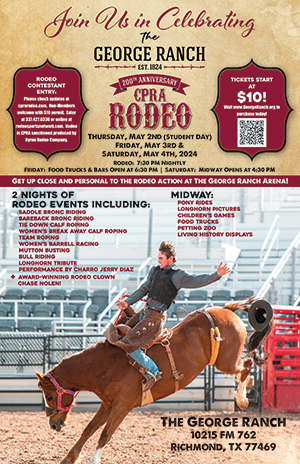Posted on Aug 31, 2015 in
FEATURES

::
Kids’ Corner | By Patrick Biron –
With all of the focus and attention concussions are getting nowadays, it isn’t strange to see how parents are so very sensitive towards them when it comes to youth sports. But interestingly enough, some medical reports estimate that more children suffer concussions due to non-sports injuries than sports-related injuries. It’s easy to compartmentalize the fear to just athletics, but be prepared as parents to identify and treat concussions elsewhere.
A concussion in its most general definition is simply “a general disruption of brain activity.” A child may suffer a concussion from hitting his head on cement or from the whiplash motion in a car accident. He might get one from being hit in the head with a baseball or from falling off the bed. The child might black out or never lose consciousness. He may have a severe headache or not have one at all. This huge variability when it comes to both causes and symptoms of concussions leads to the general confusion that most parents, coaches and businesses have, as well as the “better safe than sorry” mentality in most concussion protocols, which are very slow to return an athlete to sports.
It seems silly, but I can’t tell you how many parents at our sports center pressure us – or their child – to overrule a doctor’s concussion recovery plan simply because their child looks fine. The parents do not understand that the symptoms of a concussion don’t always correlate with the actual severity of the brain injury.
While no parent or coach can prevent all injuries from occurring, they can control the level of training, responsiveness and precautions of the environment into which they place their child. Many athletic leagues and facilities require coaches to complete a concussion certification program every two years, as well as training in the prevention, treatment and return to competition. Parents should never shy away from asking questions before their child gets injured. In all circumstances, they should always follow a medical professional’s prognosis and never let a coach pressure them or an athlete back into competition against medical advice.

::
But this still leaves out most of the concussions that kids experience. Since it is estimated that most occur outside of sports, how do parents prevent, identify and treat concussions? Even as a certified Wilderness Emergency Medical Technician, I had my own level of panic and uncertainty when my two-year-old decided to dive off the couch and slam his face into the coffee table. I know me, and I know that in those moments with my own child, I am not always the most calm or rational. So, I typed up a “concussion protocol” for our house. It’s just one page and is based on what I’ve learned through my training, business and ongoing research. It lists the possible symptoms of concussions, the “red flag” emergency symptoms that require an immediate emergency room visit and the steps we take should one of our boys have an injury to their head. It’s great for grandparents and babysitters too.
I encourage parents to talk to their child’s doctor and coaches, do research and form their own protocol for concussions around their house. While parents can’t prevent all injuries to their kids, they can arm themselves with up-to-date information and throw aside the old wives’ tales, putting kids on the best and healthiest road to recovery when concussions do occur.















